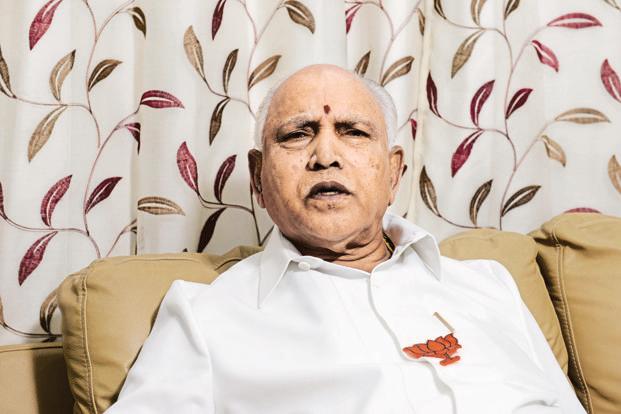
The Bharatiya Janata Party (BJP) has emerged as the single largest party in the three-cornered election in Karnataka, though the Janata Dal (Secular) may well form the government. By bringing back B.S . Yeddyurappa and the Reddy brothers into the fold, the BJP has consolidated the vote share that had split in 2013. Despite only a marginal increase in BJP vote share, the improved performance of the JD(S) and a primed party machine that converts minority vote shares into majority seat shares has delivered it status of the single largest party.
Two elements of the campaign discourse in Karnataka deserve close attention. First, the Congress’s choice of Kannada linguistic nationalism as a campaign frame was ill advised. In our PBE 2017 Survey, we found that while linguistic national sentiment had surprisingly strong resonance in Karnataka, the same social constituency also espoused a strong religious and cultural nationalism. The election results suggest that linguistic nationalism did not wean voters away from cultural and religious national sentiment and may have inadvertently bolstered this sentiment.
Finally, a new technocratic machine politics weaponizes this campaign discourse. While the Amit Shah-led national team sidelined the state party leadership, a new cadre of professional young men have been integrated with extant party structures at the constituency level. These teams are portrayed as data hounds or public relation enhancers. However, as professional outsiders in the constituency they bring a new kind of discipline to the otherwise fractious and poorly monitored party machine.
The sophisticated campaign discourse backed by a formidable new party political machine that reshapes voter choice during election season calls for a new understanding of the relationship between governance and elections. The cliffhanger Karnataka elections of 2018 suggests that we must abandon the illusion of political continuity between and during elections and pay greater empirical attention to the manufacturing of electoral choice as a discrete form of political action.
This article was published in the Mint on 16th May 2018. Access it here.
